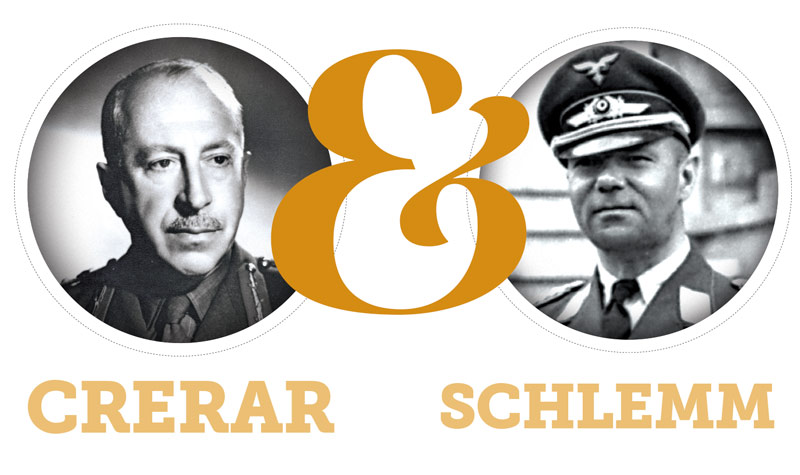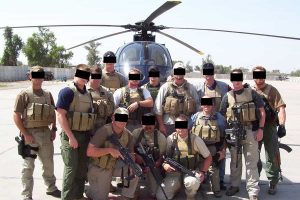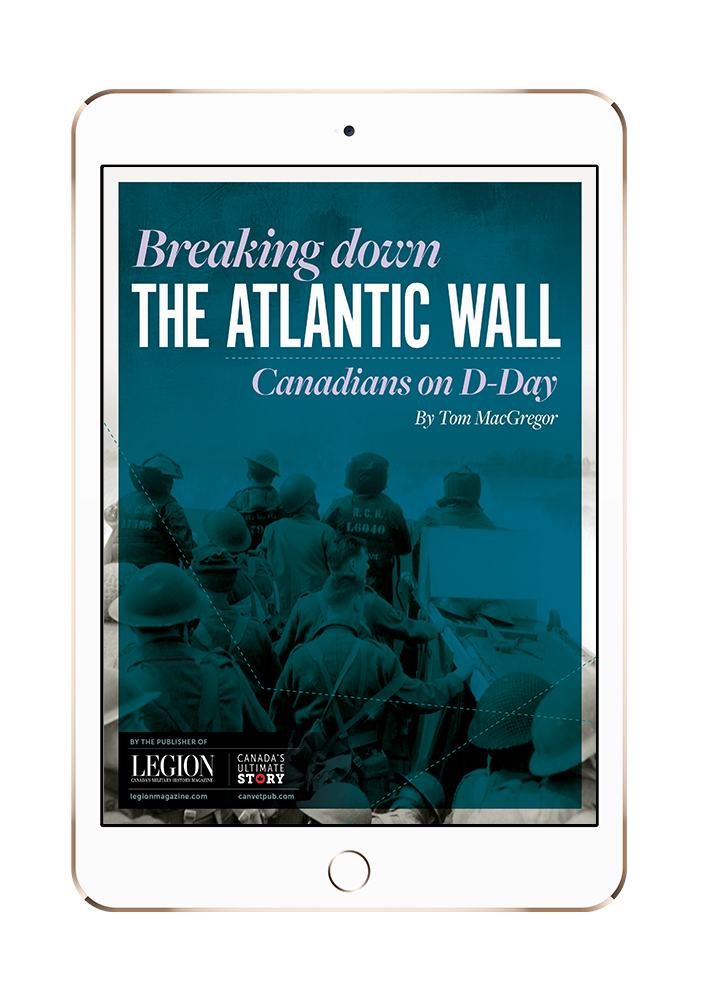Crerar
Before First Canadian Army’s Feb. 8, 1945, Rhineland offensive, General Harry Crerar worried that the elaborate deception plan intended to disguise the intentions of his gathering forces was failing.
His strategy intended to lull 1st Fallschirmjäger Army commander General der Fallschirmtruppe Alfred Schlemm into believing the troops facing
him on the Rhineland’s western border
consisted of no more than a couple of Canadian divisions capable of launching only a diversionary attack. Rather, the Allies hoped Schlemm would think the first major offensive against Germany in 1945 would be initiated by U.S. Ninth Army well to the east and the Second British Army about 50 kilometres east.
Crerar fretted that the Germans had realized what was really underway.
Movement of British XXX Corps and several other Second British Army formations to concealed positions near Nijmegen and Groesbeek, Netherlands, was carefully conducted to avoid detection. On Feb. 5, however, this juggernaut that was to join the Canadians in launching the offensive began moving to start lines.
The operation, code-named Veritable, was to seize the Rhineland. From there, the Rhine River could be crossed to allow a full-scale advance into Germany’s heartland—and end the war in Europe. Crerar fretted that the Germans had realized what the plan was and were positioned to meet it.
His concern arose on Jan. 20 when a Canadian patrol took three prisoners who turned out to be from 2nd Fallschirmjäger Regiment’s 3rd Battalion. Shortly thereafter, the regiment’s other two battalions were identified as having moved into the facing front line. Then, 7th Fallschirmjäger Division was located in a position so as to be able to serve as a nearby immediate reinforcement.
On Feb. 6, with the British forces on the move and increasingly visible, Crerar decided the jig was up.
“I had to assume [German] aircraft…had observed the unavoidable signs of our enterprise [with] the many hundreds of vehicles and tanks.” The Germans, he wrote, likely “had a shrewd suspicion that I was going to attack in the Reichswald sector. But in surveying the enemy’s problems…I decided that there was little he could do to improve his situation.”
The Germans would have to fight with the forces on hand. That, Crerar determined, gave him a huge edge. This proved the case. The German front was quickly pierced and—although it was a hard and costly slog forward—on March 10, the Rhineland had fallen.
Schlemm
By early February, General der Fallschirmtruppe Alfred Schlemm and his two superiors knew an offensive somewhere along their front was imminent. They disagreed, however, about where the attack would fall.
Generalfeldmarschall Gerd von Rundstedt and Generaloberst Johannes Blaskowitz believed that U.S. Ninth Army would attack from Roermond, Netherlands, in conjunction with British Second Army advancing from Venlo—all well east of the First Canadian Army front at Nijmegen.
Schlemm believed, as he later told Allied interrogators, that the main thrust would be delivered by the Canadians punching south through the Reichswald Forest. Everything else was a diversion to throw the Germans off. When Schlemm advanced this argument, von Rundstedt and Blaskowitz assured him there was no evidence of large troop concentrations near Nijmegen.
“The worst that could be expected there,” he was told, “was a holding attack launched by two or three Canadian divisions.”
Schlemm’s patrols contradicted his theory, as they “failed to reveal the presence of any formation in the vicinity other than Canadian.” Yet, he trusted his instincts. Saying “signs of movement through Nijmegen were not merely a blind,” he anticipated an attack in that vicinity between Feb. 6 and 12.
On Feb. 8, the campaign began. Within a day, Schlemm could prove the Canadian-directed offensive was the offensive.
“We were wrong,” Blaskowitz admitted, and hurriedly ordered 7th Fallschirmjäger Division to reinforce Schlemm’s front. By the 9th, the division was coming into the line, but Schlemm’s situation only worsened.
Within a day, Schlemm could prove the Canadian-directed offensive was the offensive.
Hitler personally intervened with an order that no ground in the Rhineland was to be surrendered without his authorization. Schlemm realized that he “merely became a receptacle for the passing of orders. The…battle from that time on was to become…
a nightmare of excuses, entreaties and explanations.”
Schlemm wanted to build lines facing First Canadian Army “and retire slowly from position to position exacting as heavy a price as possible for every loss of ground.” Permission to do so, however, was refused and he was instead ordered “to stand where [he] was and not yield an inch.”
The consequences were inevitable. Whenever a Canadian or British unit broke “through vital positions…[Schlemm had] to make a hasty adjustment to the new situation,” said his interrogation report.
But there was no saving the situation. The Canadian-British juggernaut ground relentlessly onward and the Rhineland’s fall was inevitable.
Advertisement























